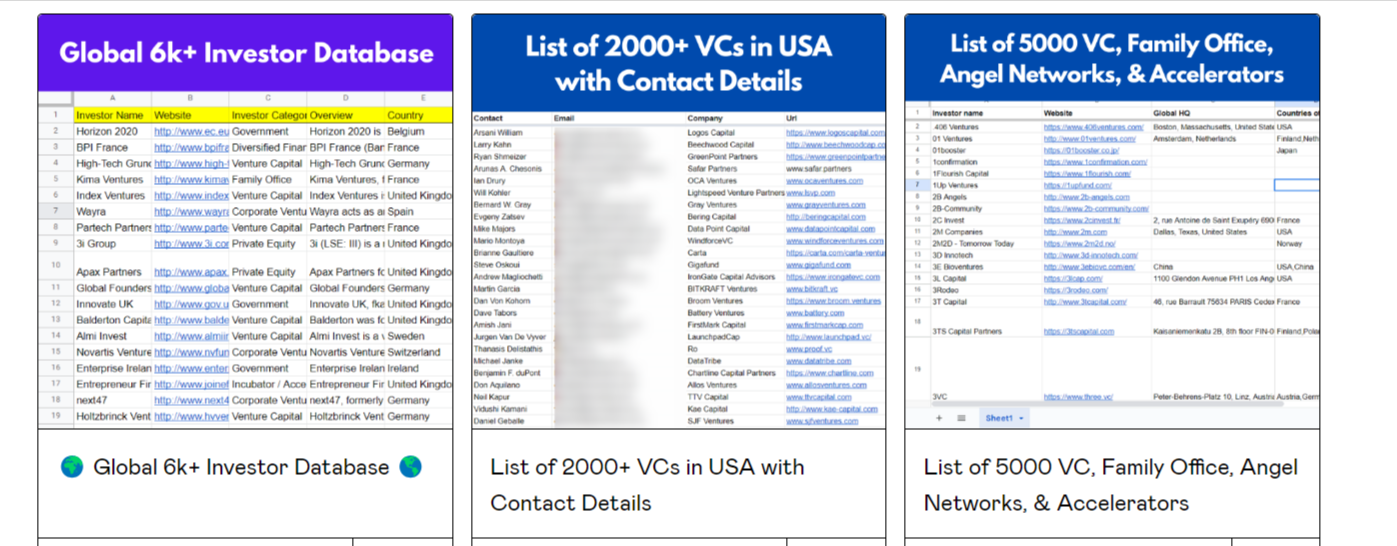In the past few years, cases of many banking frauds have been gripping attention. Take the cases of these billionaire entrepreneurs like Vijay Mallya, Nirav Modi, and Lalit Modi, to name a few.
When most of the investors thought that the economy would be retained and business will run like usual, the Indian economy seems to have been hit again by another corporate bandit. We are talking about what is known to be the biggest scam in Indian History – the DHFL scam after the ABG Shipyard fraud case of Rs 20,000 crore.
Background of DHFL
The Reveal of the DHFL Scam
Breakdown of the DHFL Scam
Background of DHFL
Headquartered in Mumbai in the year 1984, the multinational housing corporation DHFL was founded with the idea to allow economical housing loans to lower and middle-income families in semi-urban and rural areas of India.
The DHFL stands for Dewan Housing Financial Limited, a well-known non-banking financial service provider in India and also the biggest in the sector it operates.
The Reveal of the DHFL Scam
All the tension started to begin for DHFL when the Central Bureau of Investigation (CBI) charged them and others for duping a sum of Rs 34,615 crores. There are about 17 banks that have been tricked by home loan provider DHFL. Former CMD Kapil Wadhawan and director Dheeraj Wadhawan are among 13 others who have been booked in connection with the case.

Let us go through the following points to know the story behind the biggest case probed by the CBI.
The not-so-famous media house, ‘Cobrapost’ were the first one to reveal such shocking evidence against the DHFL company. They published an article citing the fraudulent activities carried out by the renowned housing finance company.
They revealed that DHFL has been using the loan money for its benefit by buying personal assets like properties and lands. However, to gain confidence in the eyes of the public, DHFL filed a response with the Bombay Stock Exchange stating there is no proper weightage to the allegations raised by the journalist group and that it was an act of causing damage to the reputation of the company.
To make the most out of these ‘false claims’ DHFL hosted conferences by inviting several investors/analysts to clarify that the Rs 31,000 crore loan is taken for an upcoming project.
The matters got off-hand when recently the CBI booked former promoters of the DHFL group for defrauding 17 banks in an amount of Rs 34,615 crore.
DHFL has borrowed a total of Rs 42,000 crore loans from banks like State Bank of India, and Bank of Baroda and the highest being borrowed from Union Bank of India (UBI), out of which DHFL has not paid a sum of Rs 36,000 crore. The UBI (Union Bank of India) has asked one of the leading providers of risk, financial, and corporate governance, KPMG to look into this matter.
They have been accused of syphoning off the money to their other companies or Shell companies to buy assets at a cost of public sector lenders.
The rating agencies downgraded the rating score on commercial paper after the company defaulted on debt payments. It was during this time when rating agencies involving ICRA and Crisil demoted DHFL’s worth of Rs 850 crore on commercial paper to ‘default’ from ‘A4’ because it had a mortgage lender’s deteriorating liquidity condition.
Breakdown of the DHFL Scam
The Resolution Plan
DHFL tried to make an impression in front of the investors that they would be repaying them the full amount. They devised a resolution plan that transformed its debt into equity and moved to the court in the hopes that it would influence their plan.
Raid by ED
Following the court case, DHFL couldn’t remain safe as they were raided by none other than the Enforcement Directorate itself. The ED made claims that they found several linkages to money laundering. This money has been used for their advantage, which was intimately associated with the company’s promoters, especially Dheeraj Wadhawan. They also found that this loan money was also linked to the criminal organisation, Dawood Ibrahim.
Removal of Board of Directors
By this time, DHFL had no longer had power and control and was bankrupted due to which the Central Bank of India decided to remove its board of supervisors and managers. The decision took place under Section 45-IE (I) of the Reserve Bank of India Act, 1934.
First Arrest of Kapil Wadhawan
This created sensational news when the promoter of the DHFL, Kapil Wadhawan was arrested under the Prevention of Money Laundering Act (PMLA). The ED had found out that his firm was allegedly involved in providing loans to the criminal association of Dawood Ibrahim.
Charge Against DHFL
Recently, the CBI finally booked DHFL and 13 others related to this case for swindling 17 banks of Rs 34,615 crore. They are undergoing investigation by both the CBI and the ED. The ED has stated that Yes Bank is also involved in this scam.

Conclusion
Scams like this can prove to cause huge damage to Indian investors. What can we learn from this is just that we need to have strong and stringent banking laws and policies. The country can only hope to see strict business and financial advisory groups without corrupted intentions.
It is quite evident from the above-mentioned facts the DHFL scam remains the biggest scam to date. The case is still undergoing, and we can only wait for the judgment to come out.
FAQs
Is the DHFL scam true?
Yes the DHFL financial scam is termed one of the biggest scams in the banking industry.
What is the DHFL scam?
DHFL has been charged for defrauding a total of 17 banks of over Rs 34,000 crore.
Who is the owner of DHFL?
Piramal Group is the parent company of DHFL.






















